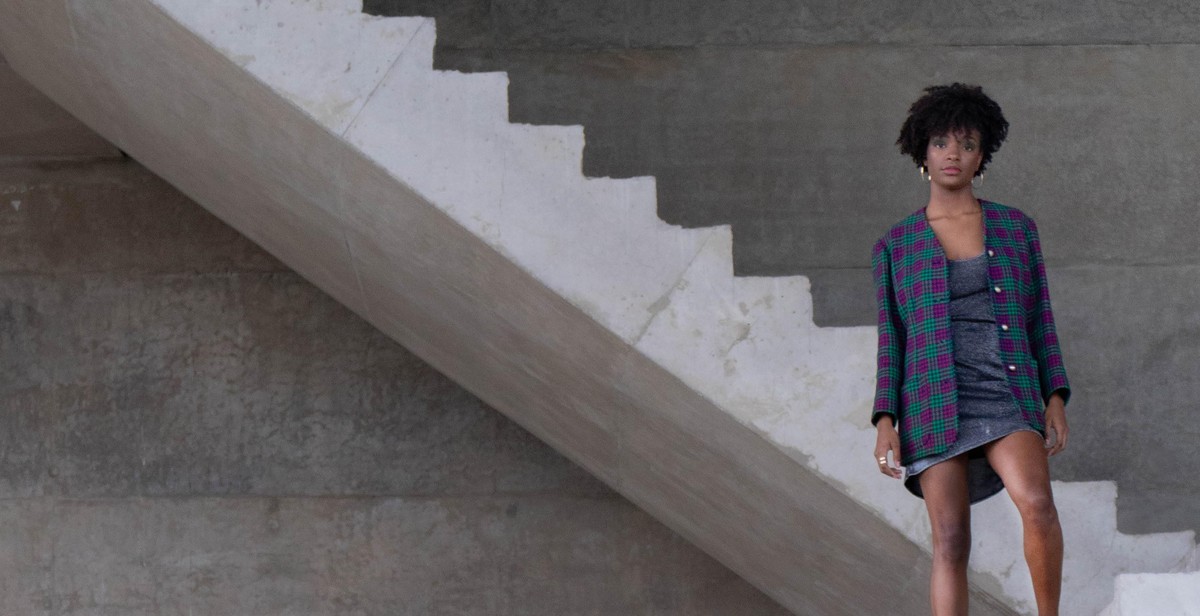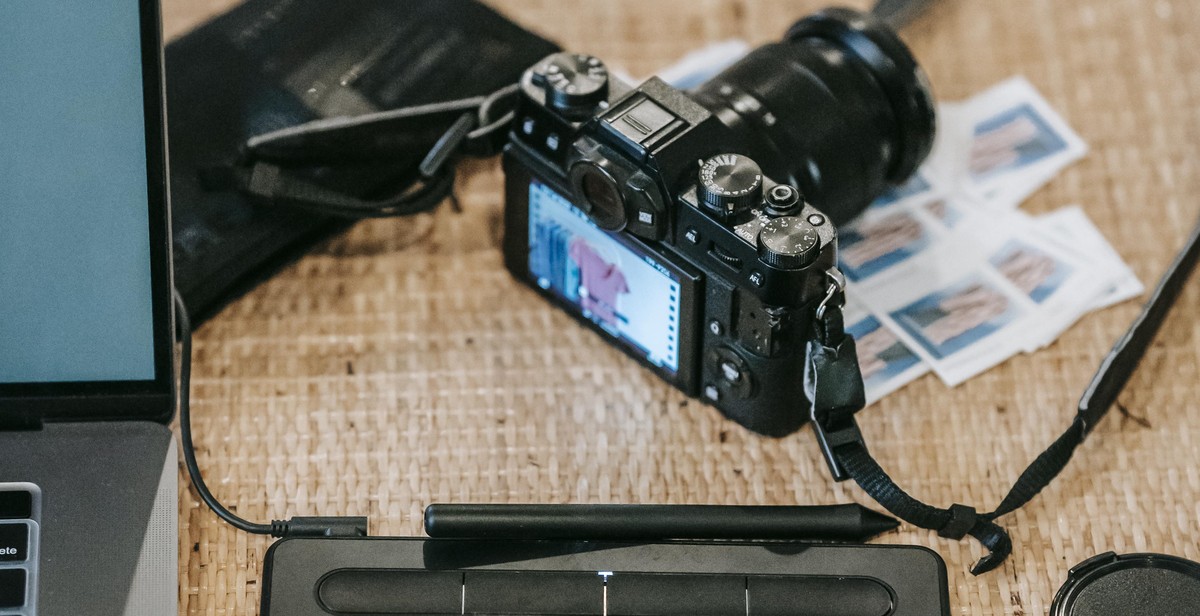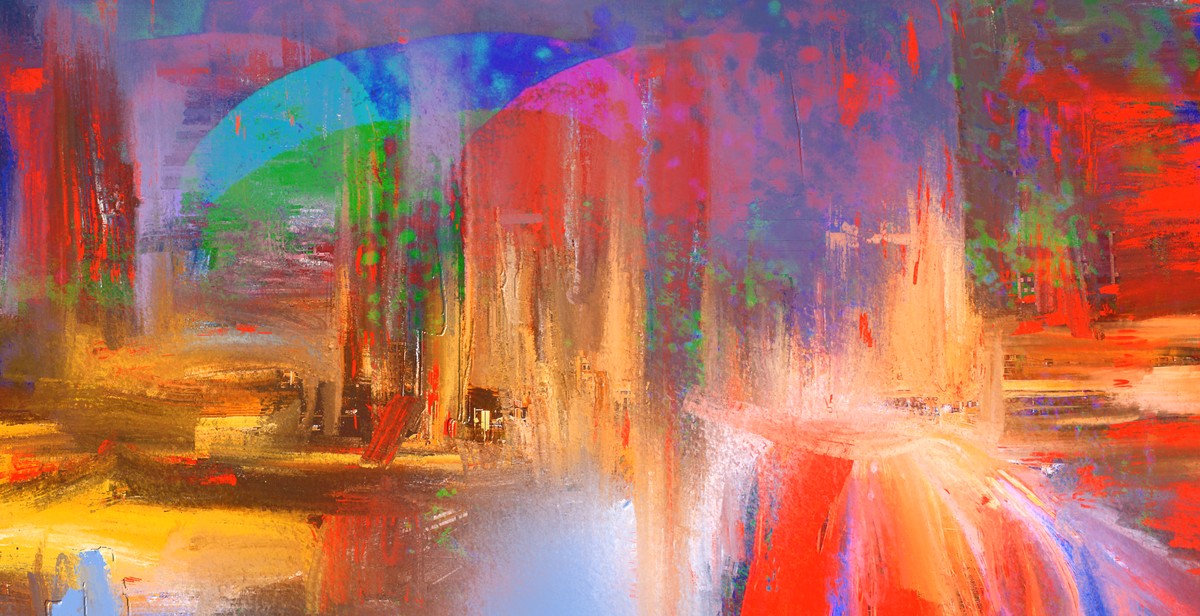How to Use Visual Hierarchy in Graphic Design: Guiding Viewer Attention
Visual hierarchy is a fundamental principle of graphic design that involves arranging and organizing design elements in a way that guides the viewer’s attention. In other words, visual hierarchy is the arrangement of design elements in a way that dictates the order in which the viewer perceives them.
Visual hierarchy is a crucial aspect of graphic design because it helps designers create effective and impactful designs. By guiding the viewer’s attention, designers can highlight key information, create a sense of order and structure, and make the design more visually appealing and engaging.
What is Visual Hierarchy?
Visual hierarchy is the arrangement of design elements in a way that creates a clear order of importance. This can be achieved through the use of various design techniques, such as size, color, contrast, and spacing.
For example, a designer might use a larger font size or brighter color to draw attention to a specific element, while using a smaller font size or muted color for less important elements. By using these techniques, the designer can create a clear hierarchy of information and guide the viewer’s attention accordingly.
Why is Visual Hierarchy Important?
Visual hierarchy is important because it helps designers create effective and impactful designs. By guiding the viewer’s attention, designers can highlight key information, create a sense of order and structure, and make the design more visually appealing and engaging.
Without visual hierarchy, designs can appear chaotic and overwhelming, making it difficult for the viewer to understand the intended message or purpose.

Why is Visual Hierarchy Important?
Visual hierarchy is a fundamental principle of graphic design that involves arranging and organizing design elements in a way that guides the viewer’s attention and creates a clear message. It is crucial for creating effective designs that convey information and evoke emotions.
Attracting and Guiding Viewer Attention
One of the primary reasons why visual hierarchy is important is that it helps attract and guide the viewer’s attention. By using visual cues such as size, color, contrast, and position, designers can emphasize certain elements and create a hierarchy of importance. This makes it easier for viewers to navigate the design and understand the intended message.
For example, in a website design, the most important information such as the headline or call-to-action button should be placed prominently and in a contrasting color to the background. This immediately draws the viewer’s attention and guides them to take action.
Creating a Clear Message
Visual hierarchy is also essential for creating a clear message in a design. By prioritizing and organizing the design elements, designers can effectively communicate the intended message and avoid confusion or clutter. This is especially important in designs that require a lot of information, such as infographics or annual reports.
For instance, in an infographic about a complex topic such as climate change, designers can use visual hierarchy to group related information together and highlight the most important data points. This creates a clear and easy-to-understand message for the viewer.
Making Content More Memorable
Another benefit of visual hierarchy is that it can make content more memorable. By creating a clear and organized message, viewers are more likely to remember the information presented in the design. This is particularly important in branding and marketing designs, where the goal is to create a lasting impression on the viewer.
For example, in a logo design, visual hierarchy can be used to emphasize the most important elements such as the company name or symbol. This makes the logo more memorable and recognizable to viewers.
| Benefits of Visual Hierarchy |
|---|
| Attracts and guides viewer attention |
| Creates a clear message |
| Makes content more memorable |
Overall, visual hierarchy is a powerful tool for creating effective and impactful designs. By attracting and guiding viewer attention, creating a clear message, and making content more memorable, designers can create designs that effectively communicate their intended message and leave a lasting impression on viewers.

How to Use Visual Hierarchy in Graphic Design: Guiding Viewer Attention
Visual hierarchy is a crucial aspect of graphic design that helps guide the viewer’s attention to the most important information. It involves arranging visual elements in a way that creates a clear and organized structure, making it easier for viewers to understand your message. Here are seven tips on how to effectively use visual hierarchy in your graphic design:
1. Start with a Clear Hierarchy Plan
Before you start designing, it is essential to have a clear hierarchy plan in mind. This means identifying the most important elements and arranging them in order of priority. A clear hierarchy plan ensures that your design is structured, organized and easy to understand.
2. Use Color to Create Contrast
Color is a powerful tool in creating contrast and establishing visual hierarchy. By using contrasting colors, you can highlight important elements and draw the viewer’s attention to them. However, it’s important to use color sparingly and strategically to avoid overwhelming the viewer.
3. Play with Size and Scale
Using size and scale is another effective way to create visual hierarchy. By making important elements larger than others, you can emphasize their importance and guide the viewer’s attention. However, it’s crucial to maintain balance and proportion in your design.
4. Use Typography to Create Hierarchy
Typography is a powerful tool in creating hierarchy in graphic design. By using different font styles, sizes, and weights, you can create a clear and organized structure. Bold fonts can be used to highlight important information, while smaller fonts can be used for less important details.
5. Organize with Layout and Composition
The layout and composition of your design can also help establish hierarchy. By organizing elements in a clear and structured way, you can guide the viewer’s eye and create a logical flow of information. Grids, columns, and alignment can all be used to achieve this.
6. Add Depth with Space and Perspective
Using space and perspective can add depth to your design and create a sense of hierarchy. By placing important elements in the foreground and less important elements in the background, you can create a visual hierarchy that guides the viewer’s attention.
7. Experiment with Visual Flow
Visual flow refers to the path the viewer’s eye takes when looking at a design. By experimenting with visual flow, you can create a hierarchy that guides the viewer’s attention in a natural and intuitive way. This can be achieved through the use of lines, shapes, and other visual elements.
In conclusion, visual hierarchy is an essential aspect of graphic design that helps guide the viewer’s attention and communicate your message effectively. By using the tips outlined above, you can create designs that are clear, organized, and easy to understand.

Examples of Visual Hierarchy in Graphic Design
Visual hierarchy is crucial in graphic design as it helps guide the viewer’s attention and communicate the message effectively. Here are some examples of visual hierarchy in graphic design:
Size
Size is one of the most common ways to create visual hierarchy in graphic design. By making certain elements larger than others, you can guide the viewer’s attention to those elements. For example, in a poster design, the headline is often larger than the body text to grab the viewer’s attention.
Color
Color is another effective way to create visual hierarchy in graphic design. By using contrasting colors, you can make certain elements stand out. For example, in a website design, a call-to-action button can be made a bright color to draw the viewer’s attention.
Contrast
Contrast can be created by using different font weights, styles, and colors. By using contrast, you can create a sense of visual hierarchy and guide the viewer’s attention to important elements. For example, in a brochure design, the headline can be bold and in a different color than the body text to create contrast.
Whitespace
Whitespace, also known as negative space, is the space between elements in a design. By using whitespace effectively, you can create a sense of visual hierarchy and guide the viewer’s attention to important elements. For example, in a magazine layout, the main article can be surrounded by whitespace to draw the viewer’s attention to it.
Typography
Typography is the art of arranging type to make written language legible, readable, and appealing when displayed. By using different font sizes, weights, and styles, you can create a sense of visual hierarchy and guide the viewer’s attention to important elements. For example, in a logo design, the company name can be larger and bolder than the tagline to make it stand out.
Layout
The layout of a design can also create visual hierarchy. By placing important elements in strategic locations, you can guide the viewer’s attention to those elements. For example, in a website design, the navigation menu is often placed at the top of the page to make it easy for the viewer to find.
Images
Images can also be used to create visual hierarchy in graphic design. By using large, bold images, you can draw the viewer’s attention to important elements. For example, in a brochure design, a large image of a product can be used to draw the viewer’s attention to it.
| Examples | Description |
|---|---|
| Size | Making certain elements larger than others to guide the viewer’s attention |
| Color | Using contrasting colors to make certain elements stand out |
| Contrast | Using different font weights, styles, and colors to create a sense of visual hierarchy |
| Whitespace | Using whitespace effectively to guide the viewer’s attention to important elements |
| Typography | Using different font sizes, weights, and styles to create a sense of visual hierarchy |
| Layout | Placing important elements in strategic locations to guide the viewer’s attention |
| Images | Using large, bold images to draw the viewer’s attention to important elements |

Conclusion
Visual hierarchy is a powerful tool that can help graphic designers guide viewer attention and create effective designs. By understanding the principles of visual hierarchy, designers can communicate their message more effectively and ensure that viewers understand the most important information.
When designing with visual hierarchy in mind, it’s important to consider factors such as color, contrast, size, and placement. By using these elements strategically, designers can create a clear and organized visual hierarchy that guides viewers through the design.
One key aspect of visual hierarchy is understanding the importance of the focal point. By creating a clear focal point, designers can draw viewers in and guide their attention through the rest of the design. This can be achieved through the use of color, contrast, and size.
Another important aspect of visual hierarchy is creating a clear visual flow. This means guiding the viewer’s eye through the design in a logical and easy-to-follow way. This can be achieved through the use of line, shape, and placement.
Overall, visual hierarchy is an essential tool for graphic designers looking to create effective designs. By understanding the principles of visual hierarchy and using them to guide their designs, designers can create designs that communicate their message clearly and effectively.
